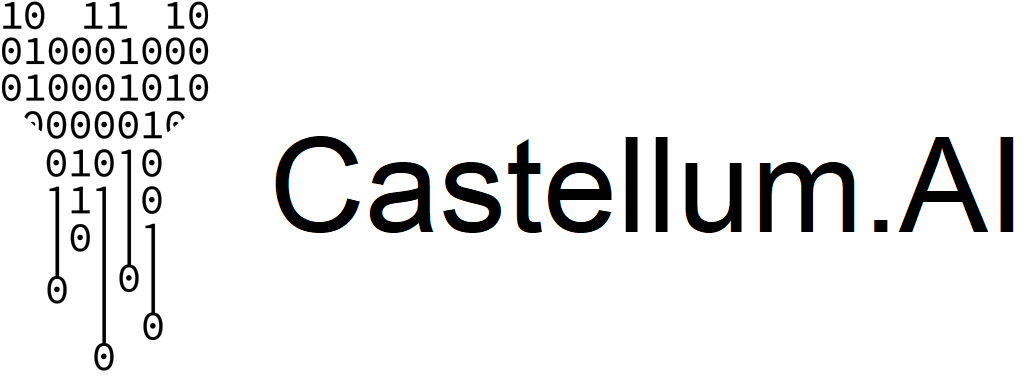On China Sanctions, Why Is The US Alone?
According to Castellum.AI, a RegTECH startup that automates watchlist compliance, the US is responsible for 87% percent of financial and export restrictions against China, exposing a wide gap in action between America and its allies, who are idle despite tough public rhetoric.
With tensions between China and the West rising, we saw the need for a data driven analysis of sanctions and export control actions between China and the West. While China has “sanctioned” some US persons, it has never published a sanctions list, and has not made clear the ramifications of being mentioned in a Chinese government press release. For that reason, we consider Chinese actions to be at “0”.
For the purpose of analyzing actions against China, we are considering the West to be the European Union as a whole, individual European countries and the “Five Eyes” (Australia, Canada, New Zealand, the US and UK) the nickname stemming from a national security alliance. We are considering a “restriction” as either export restrictions or an asset freeze.
We expected to find the US leading in actions taken, but due to a significant amount of tough talk we thought that Western allies would be sharing the burden. What we found surprised us. Despite tough public rhetoric from America’s allies, there is a wide gap in action on China.
See the data for yourself — get a Castellum.AI account!
What immediately stands out is that the US not only has more restrictions in place regarding China, but that it has seven times more than the rest of the Five Eyes and Europeans combined. Taking a closer look at the reasons behind European and Five Eyes restrictions on China, they are overwhelmingly focused on three issues: Export Control, China’s ties to North Korea and China’s ties to Iran.
Export Control: While European countries share some American concerns regarding Chinese use and theft of dual use and sensitive technology, European countries do not generally add individuals and entities to export control lists, so all of the export control restrictions are American.
Iran: There is a major split between Europe and Five Eyes here, and all of the “Iran” reason restrictions in this data come from the US and Australia.
North Korea (DPRK): The US leads here too, and by a surprising amount, considering how non-controversial it is to take action against North Korea-related businesses. Even China has done this, approving UN sanctions against China-based firms which were doing business with the DPRK. Out of 146 total sanctions, 90 are American, 22 are Australian, 9 are EU, 9 are French, 6 are Swiss, 6 are from the UN and four are from the UK
Distribution of US Actions: Export Control vs Sanctions
A review of US actions shows that they are heavily skewed towards export control measures, with 313 export control measures, and 220 sanctions. One possible reason behind this is that export control measures, while damaging to the listed entity or individual, are much less disruptive to international commerce than sanctions, allowing for bigger targets.
US sanctions involve barring a company from any US business, preventing US companies from doing business with the watchlisted entity or individual, and the freezing of any assets the entity or individual has in the US, whether it's money in a bank account or even physical assets like buildings and computer servers.
US export control measures do not bar a company from doing business in the US, do not bar it from having assets in the US or from sending money through the US. They generally prevent the watchlisted entity from exporting, or receiving exports, or advanced technology from the US. In some cases, however, companies will stop doing business with those on export control watchlists due to risk concerns, as well as to protect their own technology.
Methodology
Except for the US, no country has a “China-focused” sanctions program. Hence, the way we determined which restrictions focused on China was to look for entries with the following data in Castellum.AI’s global watchlist database:
An address in China
A place of birth in China
A Chinese citizenship for an individual
A Chinese flag for a vessel
To better display why countries targeted China, we also wanted to show which legal authority / list they were issued under. Generally, countries have a List Source, for example, Canada has a Consolidated List, and within it, lists for Burma, Iran, Russia, etc. Other countries have more lists, for example, the US sanctions Iran using over a dozen legal authorities which include the shorthands of: IFSR, IRAN-EO13846, IRAN-EO13871, IFCA and more. For the purposes of this analysis, we renamed all of these to “Iran.” For DPRK, the US Treasury’s Office of Foreign Assets Control uses lists that include the shorthand of: DPRK-NKSPEA, DPRK2, DPRK3, DPRK. For the purposes of this analysis, we renamed all of these to “DPRK.”
Since this analysis focuses on EU and Five Eyes countries, we did not examine other countries which have their own export control and sanctions programs. Additionally, while some countries like the US restrict exports by naming goods, individuals and entities, others like the UK do not name individuals or entities to export control lists. This means that defacto, their export control lists have no names on them and are less targeted.
This analysis is also limited due to the quality of government watchlist data. For example, Canada’s sanctions list does not provide address, place of birth, citizenship or vessel flag information, making it impossible to determine how many of the restrictions impacted China since Canada does not have a “China” list. Conversely, the high quality of data on some US watchlists makes it easier to determine their focus, potentially creating a larger American footprint.
Finally, we did not reconcile names that could be the same individual or entity. The reason for this decision is that we are measuring the total amount of restrictive actions taken against China, not against how many people or entities.




